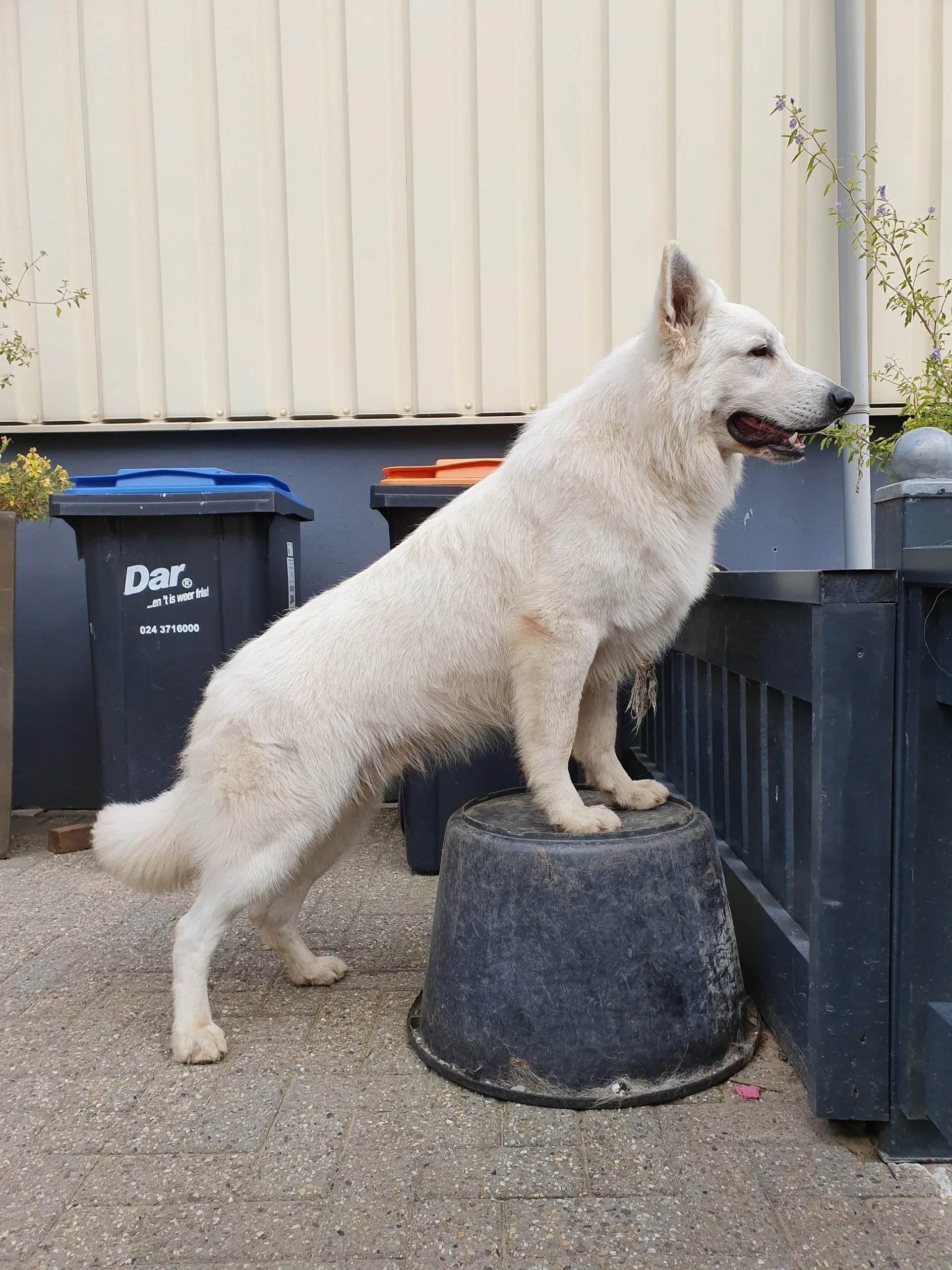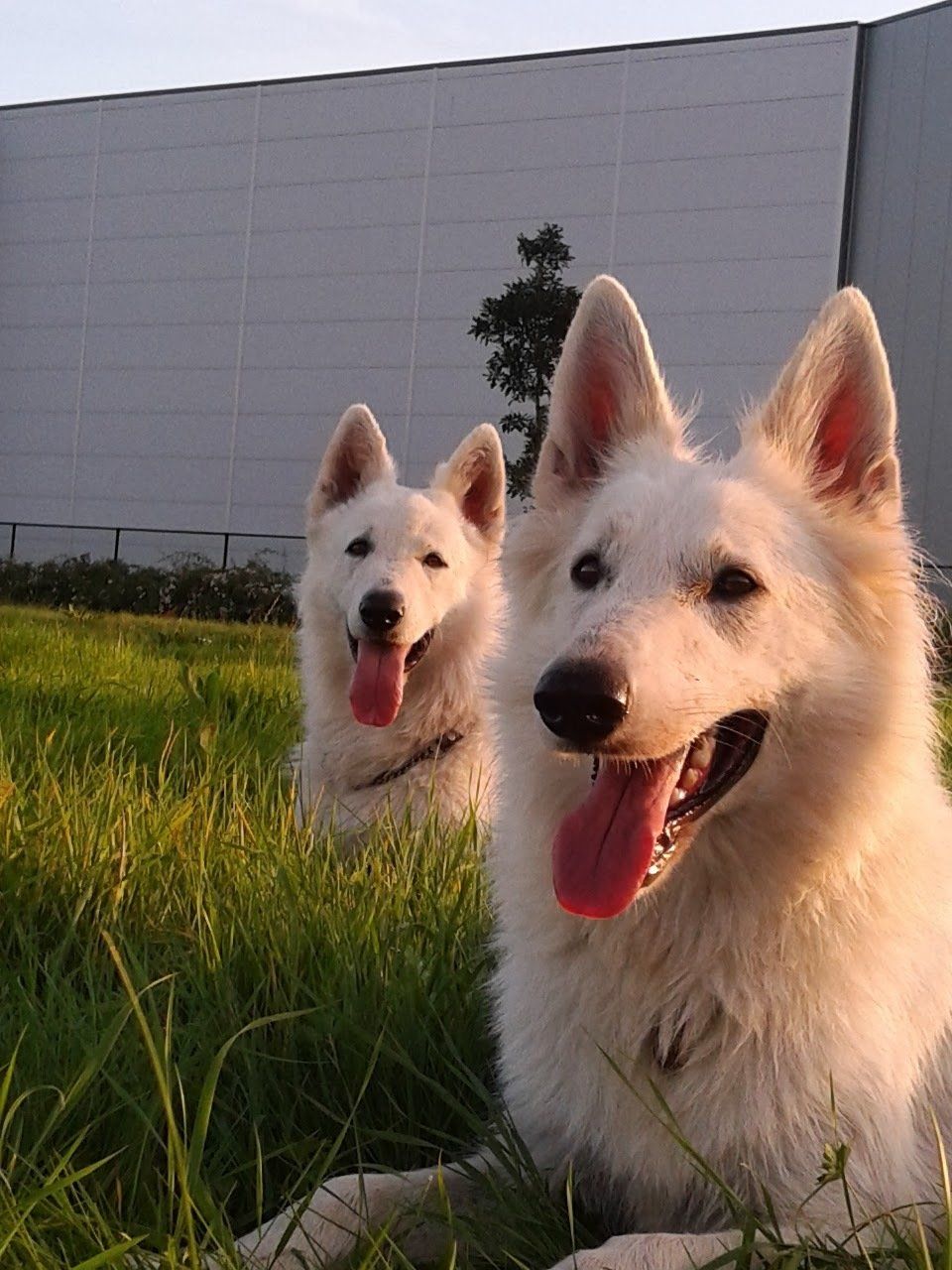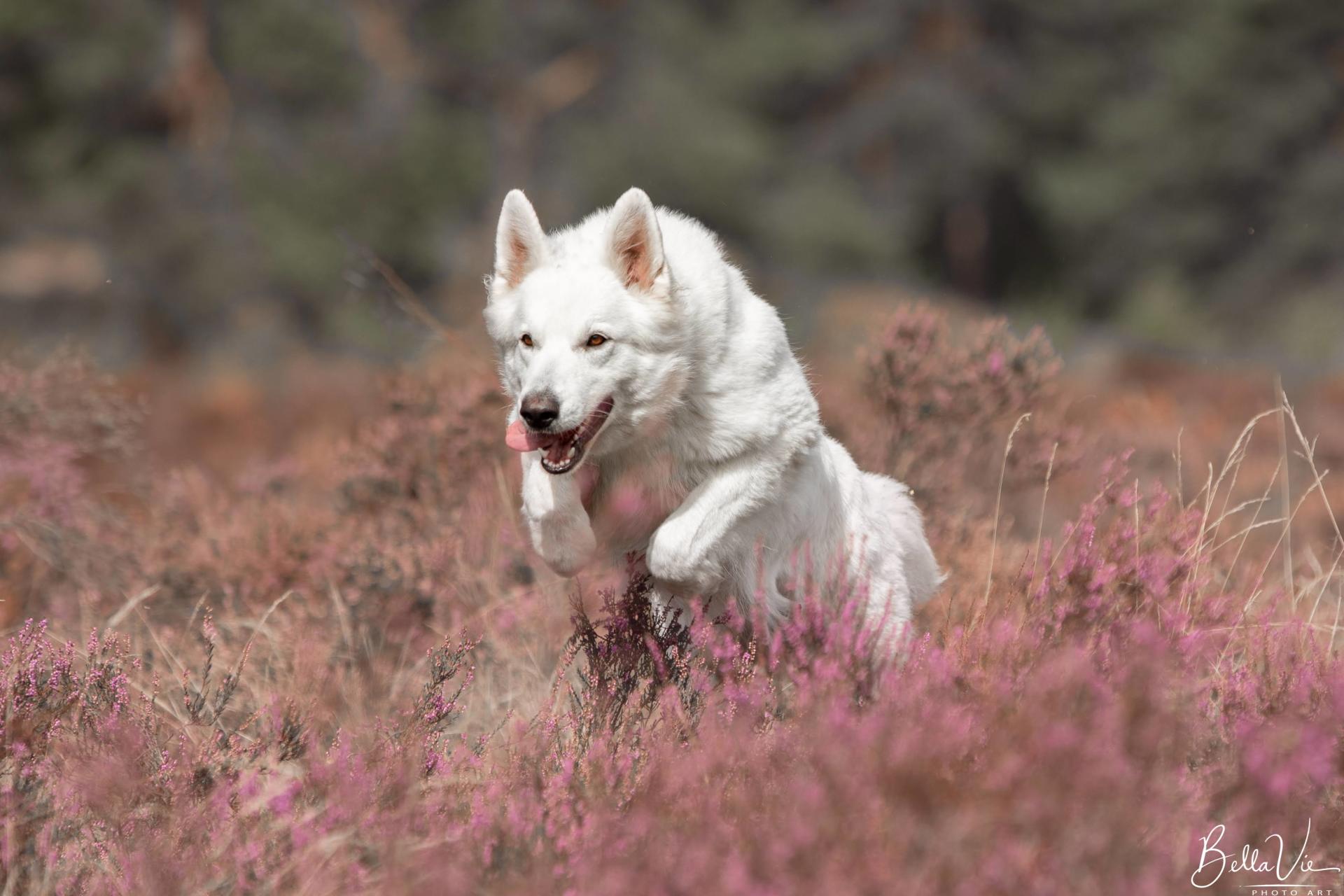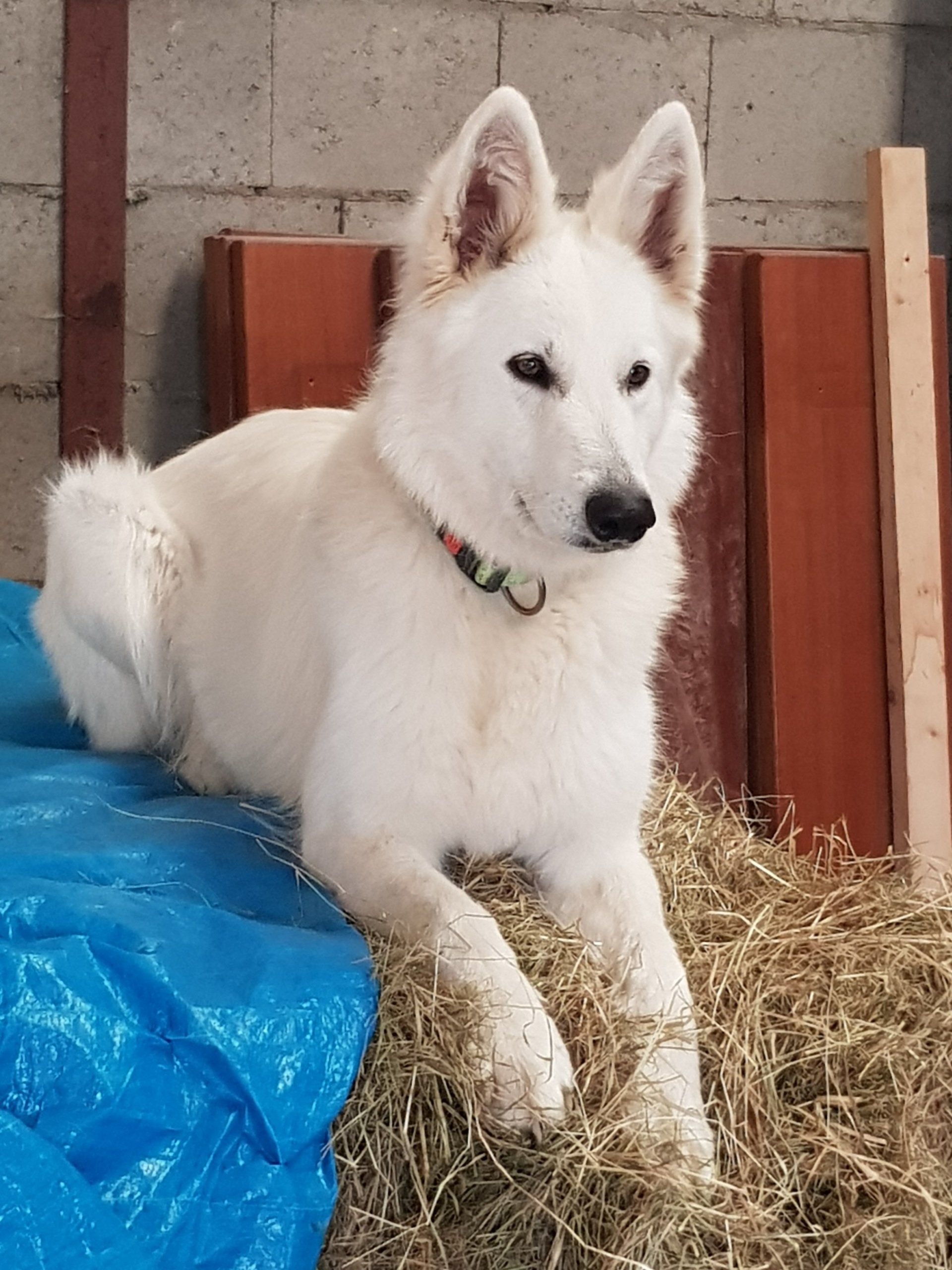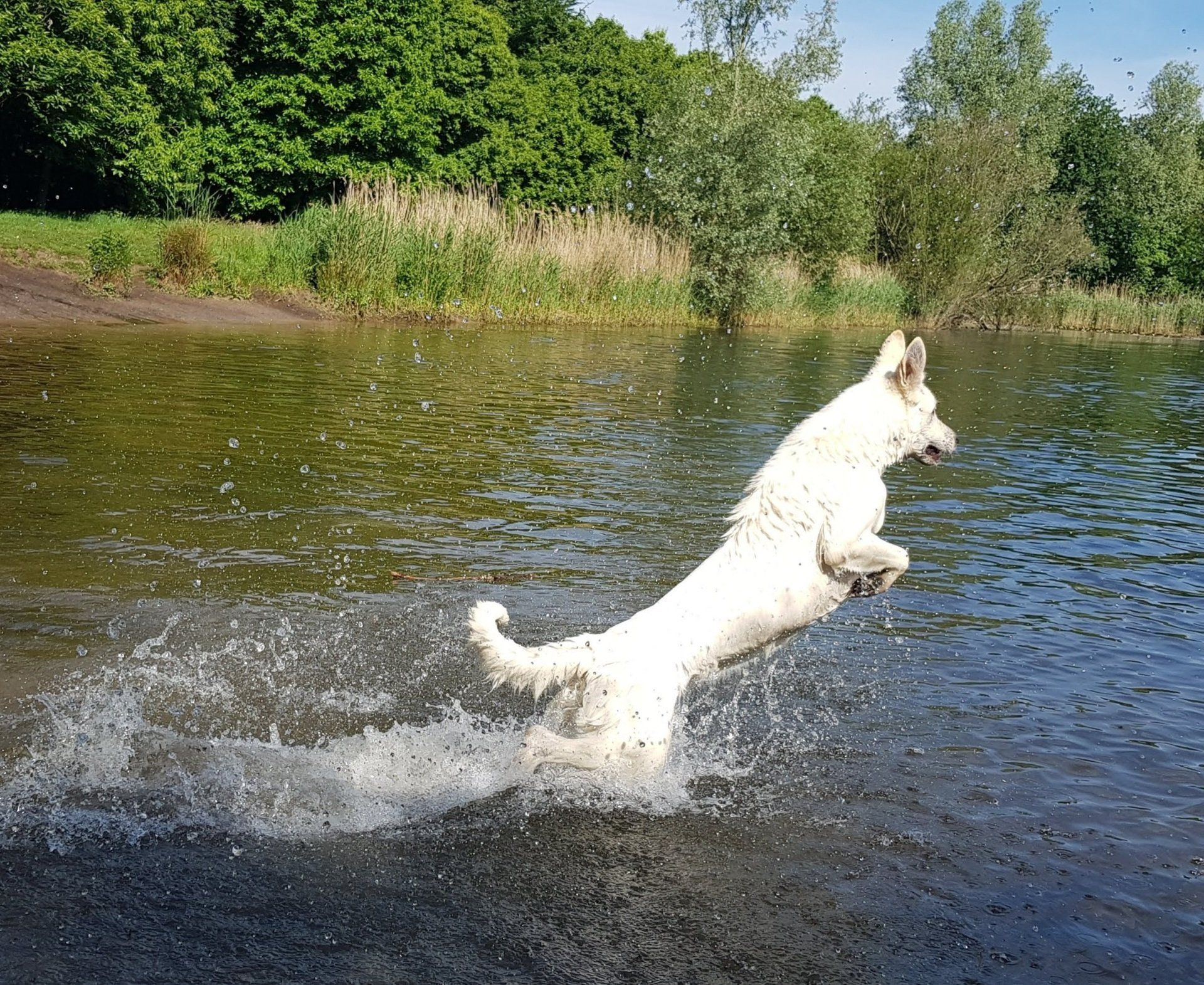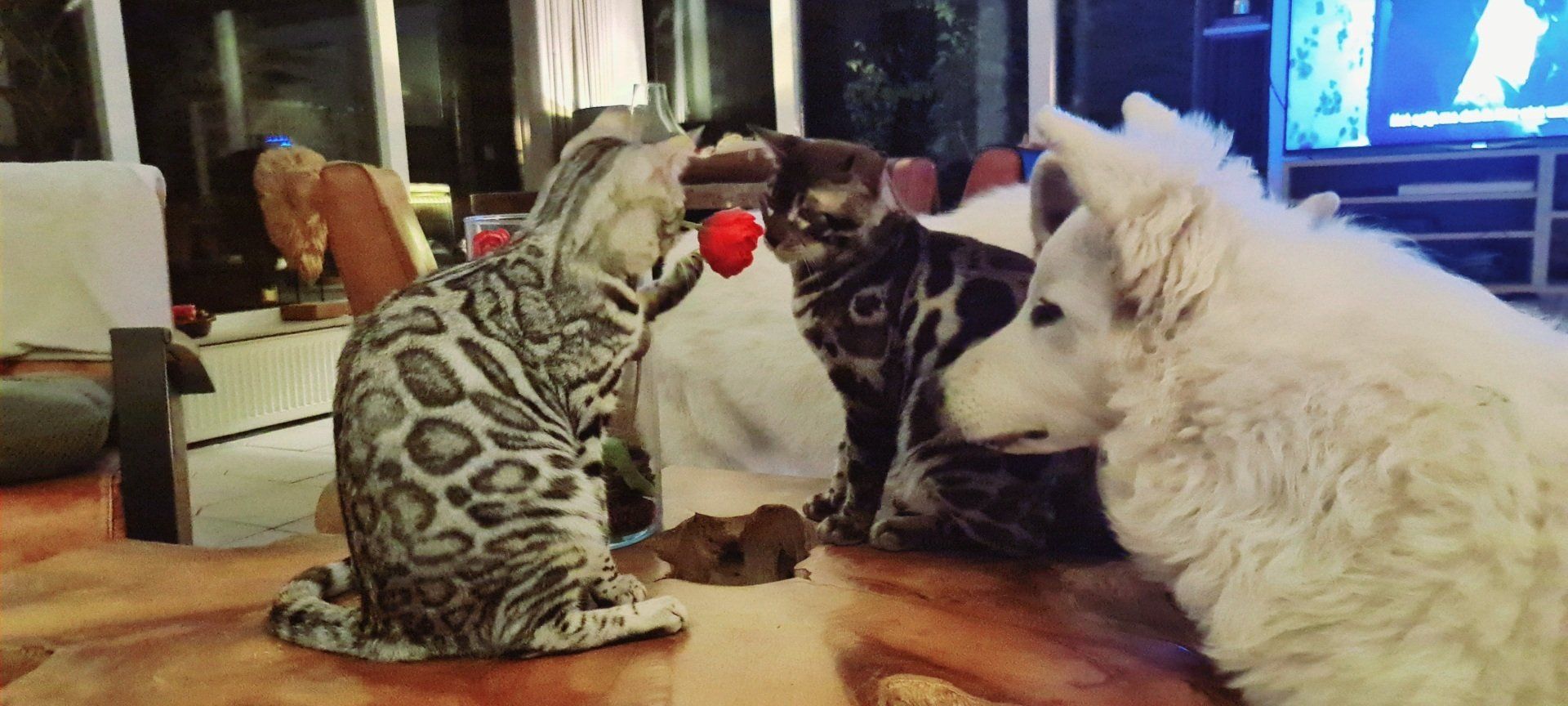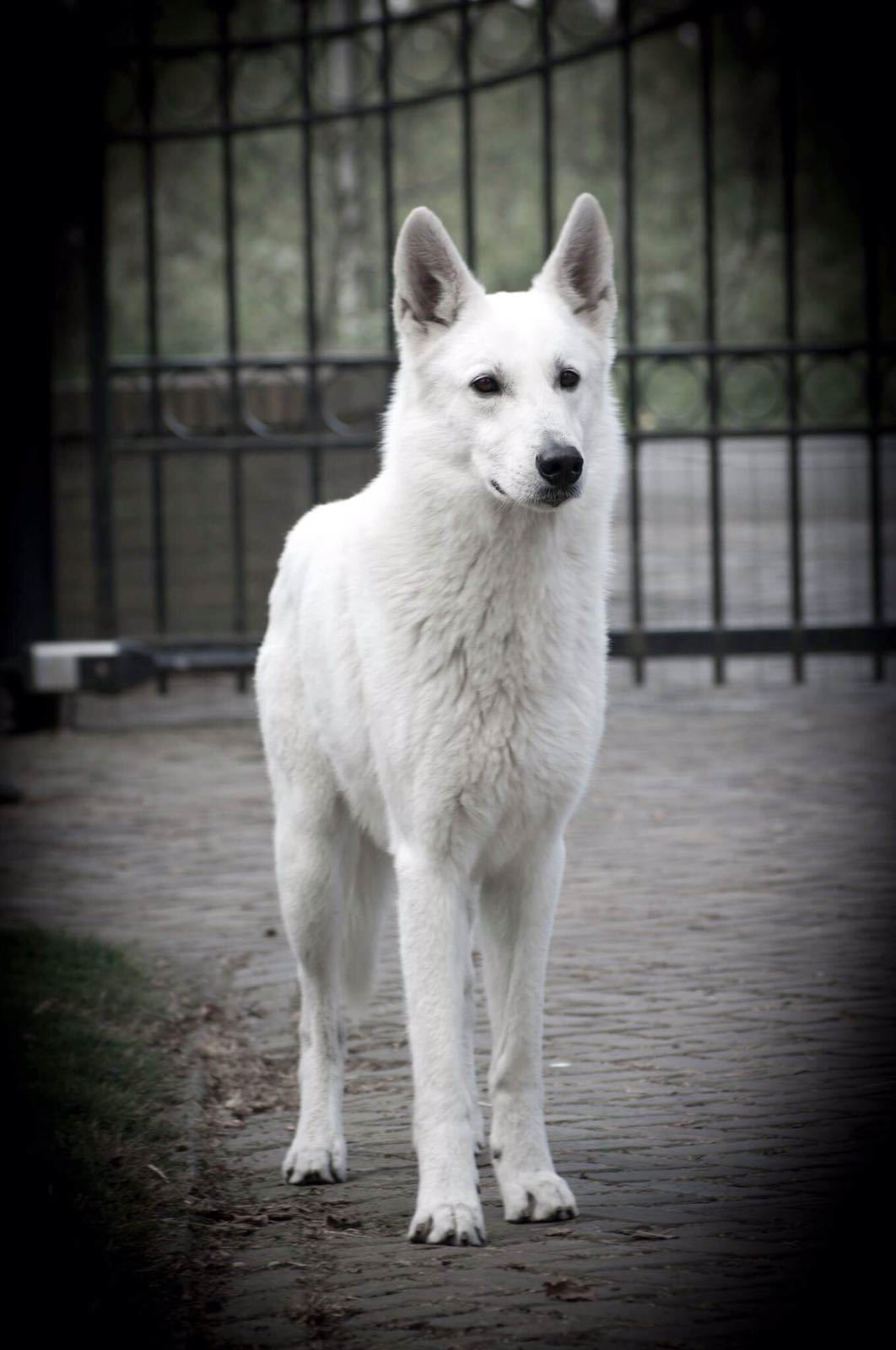The Breed "The Bengal"
Ras: Bengaal
Origin: United States
Character: Curious, active, not a lap cat, social, loves water (bath)
Appearance: Muscular, solid and long body
Coat: Short, silky soft, spotted
Colors: Brown, seal lynx point, sepia seal mink tabby
Origin
By Nickolas Titkov from Moscow, Russian Federation (BEN Bengalian kitten) [CC BY-SA 2.0 (http://creativecommons.org/licenses/by-sa/2.0)], via Wikimedia Commons
In 1963, Jean Sugden, a breeder in California, bought an Asian leopard cat, Felis prionailurus bengalensis. It was a wild cat, a kind of miniature leopard with a spotted coat, a good swimmer and an excellent fisherman. She crossed the cat with an American Shorthair female to create a breed of tame cats with the distinctive look of a wild cat. The cats that emerged from this cross were fertile. They were backcrossed with their father and this produced kittens with a spotted coat. That was how the Bengal was born. In 1973 Dr. Centerwall of the University of California is setting up a similar breeding program to investigate the resistance of the Asian leopard cat to the feline leukemia virus. He gave eight of these hybrids to Jean Sugden, after which she continued her breeding program. Breeders used the Siamese, Egyptian Mau and Burmese to create new lines. The first breed specimen, Millwood Finally Found, was registered with the TICA in 1983. This breed is part of the new generation of feral cats and is quite rare.
General characteristics
Medium to large. Weight: 5.5 to 9 kg. Long and even. Strong bone structure. Short-haired.
Character and details
This cat is balanced and easy going as long as it belongs to at least the fourth to seventh generation from the cross between a domestic cat and an Asian leopard cat. Nevertheless, its hunting instinct and agility are greater than the average cat. The kittens are rowdy.
The male has a reputation for being much kinder than the female, who is often very independent and temperamental, extreme in expressing her anger as well as her tenderness. Although the cat is social towards its congeners and dogs, it can sometimes display wild behavior.
The Bengal likes exercise and loves water. He needs space. This cat is quite shy towards its owner, who has to spend a lot of time with him. A lot of attention makes him as affectionate as any other cat. He has a soft voice. The care is simple.
Body
Head
Fairly large with rounded contours. Slightly longer than wide. Slight curve from forehead to bridge of nose. High, protruding cheekbones. Broad, full muzzle. Large, wide nose with a slightly concave curve. Big jaws.
Ears
Fairly small, broad at the base, with rounded tips, pointed forward. Lynx tips are not wanted.
Eyes
Large, oval eyes, set wide apart and slightly oblique. Blue at the seal lynx point Blue; gold to green in the brown tabby; blue-green at the seal mink tabby. All colors allowed except blue and aquamarine.
neck
Long, thick, muscular and powerful. Length in proportion to the body.
Body
Long, big, powerful but not oriental. Robust bone structure. Powerful musculature.
Legs
Medium length, slightly longer at the back than at the front. Strong bones and muscles like those of the body. Large, round feet. Black soles of the feet.
Tail
Medium length, thick, sloping to a round tip.
Coat
Short and fine hair. Thick, luscious and very soft to the touch. In the Bengal we distinguish two tabby patterns: a marbled pattern (marbled) and a spotted pattern. Marbled: broad stripes with an angular oyster shape, small spots on the belly. Spotted: round or triangular spots that are randomly placed. paragraph





